Filling your new hot tub with fresh water for the first time is exciting—but knowing what to do next can feel a bit overwhelming.
Don’t worry.
With a few simple steps, you’ll be soaking in clean, safe, and perfectly balanced water in no time.
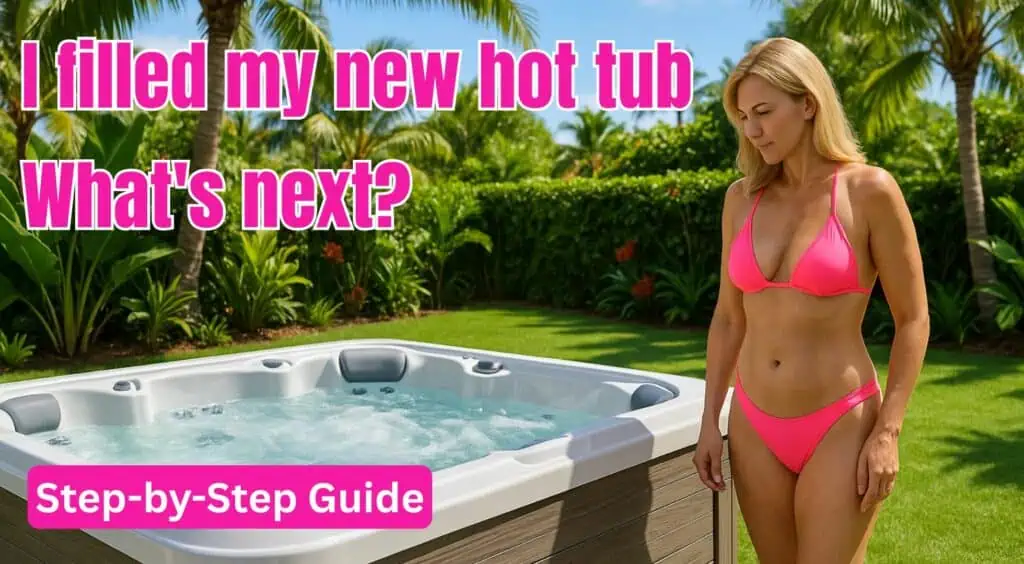
This guide walks you through everything from water circulation to chemical balancing, so you can get the most out of your new spa right from the start.
1. Circulate and Heat the New Hot Tub Water
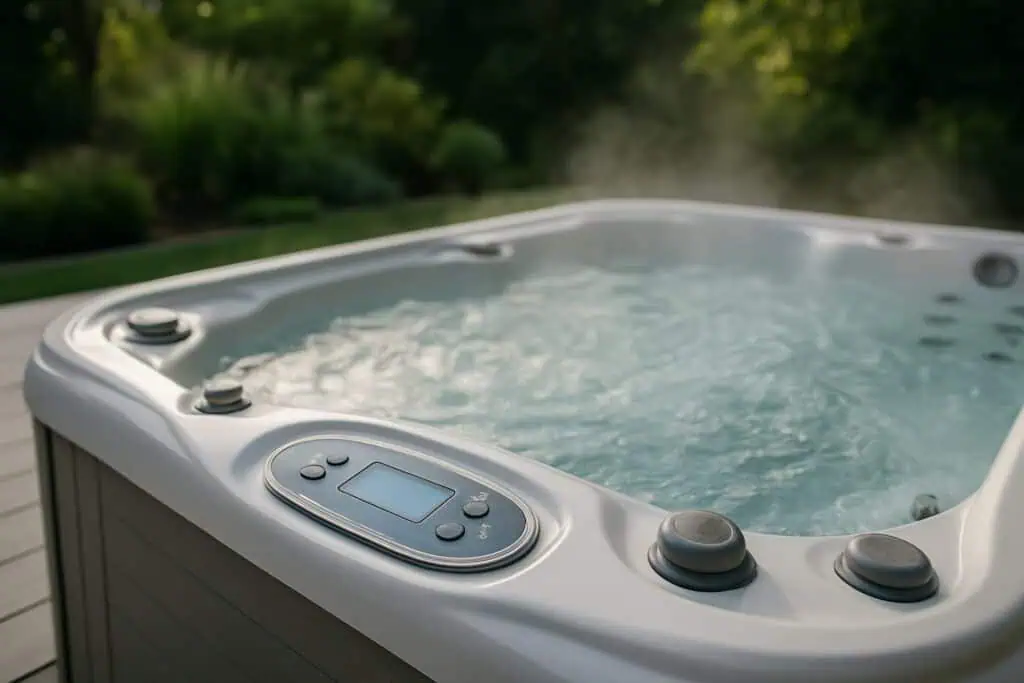
Once you have filled your hot tub with water, the very first thing you’ll want to do is get the water circulating. Turn on the jets and, if available, activate all pumps or boost modes. This gets the water moving, which helps mix any lingering dust or delivery residue and ensures even heating once the heater kicks in.
Let the jets run for 15 to 30 minutes with the cover off. While the water is moving, take a moment to inspect the skimmer and filter area. Remove any blockages, leaves, or plastic packaging that might have ended up there during setup.
Next, set your hot tub to the desired temperature using the control panel. Most people enjoy a range between 100°F and 104°F (38°C to 40°C). However, if children or older adults will be using the hot tub, a slightly lower setting—around 98°F—is safer and still very relaxing.
Depending on your hot tub’s size and starting water temperature, heating can take several hours or even overnight. Keep the cover on to help retain heat and speed up the process. Check the display or thermometer every hour or so until it reaches your preferred temperature.
2. Test the Hot Tub Water
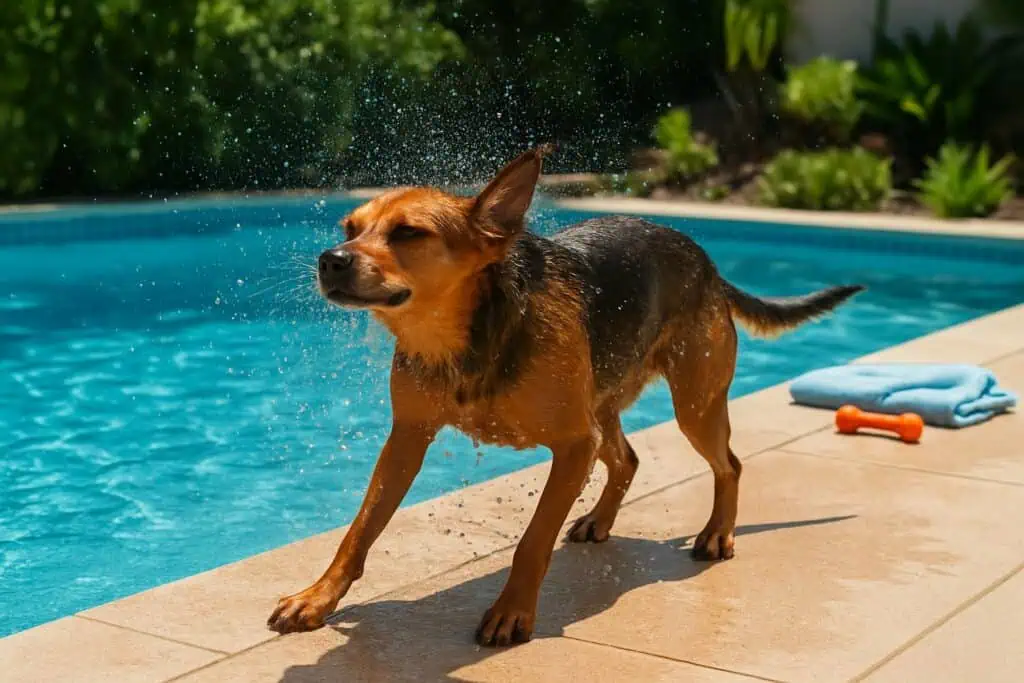
Once your spa reaches the desired temperature, it’s time to test the water quality. Even if it looks clean, it might not be balanced. Using hot tub test strips (or a liquid test kit if you prefer more accuracy), check the key water parameters: pH, total alkalinity, calcium hardness, and sanitizer levels.
Dip a test strip into the water, wait a few seconds, and compare the colors to the chart on the container. This quick snapshot will tell you what adjustments are needed. Aim to test the water regularly, especially in the first few days, to keep everything balanced as the chemicals settle in.
Keep a notebook or use an app to record your results. Tracking your water chemistry over time will help you spot trends and make adjustments more confidently.
3. Balance Spa Water Chemistry
Now that you know where your water stands, it’s time to fine-tune the chemical levels.
Start with total alkalinity. It should fall between 80 and 120 ppm. If it’s too low, add an alkalinity increaser. If it’s too high, a pH decreaser (like sodium bisulfate) can bring it back down.
Once alkalinity is in range, check your pH level. You want this between 7.2 and 7.8, with 7.6 being the sweet spot. If the pH is low, add a pH increaser; if it’s high, use a pH reducer. Always add one chemical at a time, let it circulate with the jets on for about 30 minutes, then retest before adjusting further.
Calcium hardness is the next priority. Water that’s too soft (under 150 ppm) can corrode hot tub components over time. If your hardness level is too low, use a calcium hardness increaser. If it’s too high (over 250 ppm), you may need to partially drain and dilute the water with fresh fill water—there’s no quick chemical fix for that.
4. Add Sanitizer
After balancing the basic chemistry, it’s time to add your sanitizer. This is what keeps the water clean and safe to soak in by killing bacteria and other contaminants.
Choosing Between Chlorine and Bromine
You’ve basically got two main choices: chlorine or bromine. Both kill bacteria and keep water safe, but they’re a bit different in how they work.
Chlorine acts fast and is easy to find. Most people go with chlorine granules because they dissolve quickly and are simple to measure out. Chlorine works fast but can have a strong smell and sometimes irritates eyes or skin.
Bromine is gentler on skin and lasts longer in hot water. If you’ve got sensitive skin or want more stable levels, bromine’s a good pick. It comes as tablets for a floater or as granules. It costs more but doesn’t need as much fussing.
| Sanitizer | Pros | Cons |
|---|---|---|
| Chlorine | Fast acting, affordable | Odor, skin/eye irritation |
| Bromine | Gentler, lasts longer | Costs more |
Pick what fits your skin, habits, and budget. No wrong answer, really.
How Much Sanitizer to Add
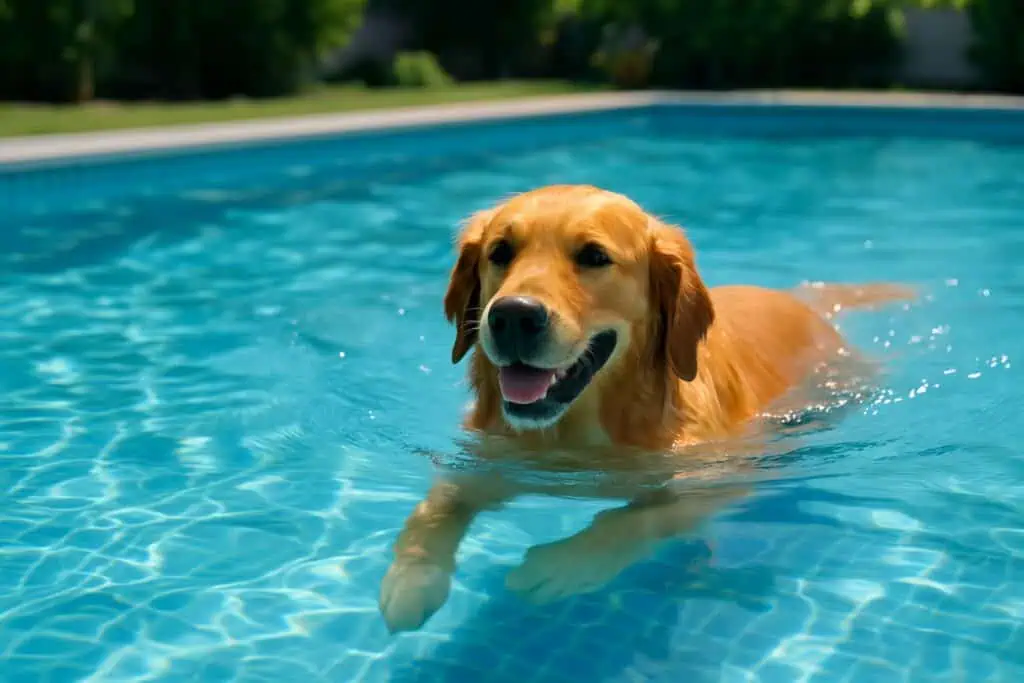
After filling, you’ll want to start with a “startup dose” – a slightly higher amount than normal to sanitize the new water thoroughly.
- For chlorine, aim for 3-5 ppm. Start with about 2 tablespoons (30 grams) of granules per 1,000 liters. Always check your product’s label for specifics.
- For bromine, you want 3-5 ppm too. Start with 2 tablespoons (30 grams) of granules per 1,000 liters or set up tablets in your floater as directed.
Let everything dissolve. Test again after 2-4 hours. Tweak if the level’s off. Don’t get in until it’s safe. Seriously, just wait.
5. Optional: Use a Non-Chlorine Shock
While not a replacement for sanitizer, non-chlorine shock (oxidizer) helps break down oils, lotions, and organic matter that can cloud the water. It’s especially useful after your initial sanitizer dose or after a heavy-use session.
Add shock according to the label, usually 1–2 tablespoons per 1,000 liters of water. Make sure the jets are running and the cover is off to allow gases to escape. This step helps keep the water fresh and clear between cleanings.
6. Prevent Cloudy Water and Other Issues
Early water problems in new hot tubs are usually caused by poor maintenance or introducing contaminants. Fortunately, most of this is preventable with a few good habits.
Before using the hot tub, rinse off in the shower to remove lotions, sweat, and oils that can upset the water balance. Avoid using street clothes or slathering on products before getting in.
Keep the cover on when the tub is not in use to stop bugs, leaves, and dust from getting in. Rinse the filter weekly and clean it with a filter cleaner every few weeks. Replace filters every 6–12 months depending on use.
Shock the water weekly or after heavy use. This helps prevent bacteria buildup and keeps the sanitizer working effectively.
Quick Tips to Prevent Contaminants:
- Shower first
- Don’t slather on lotions or oils before soaking
- Keep the cover on when you’re not using the tub
7. Clean the Surfaces
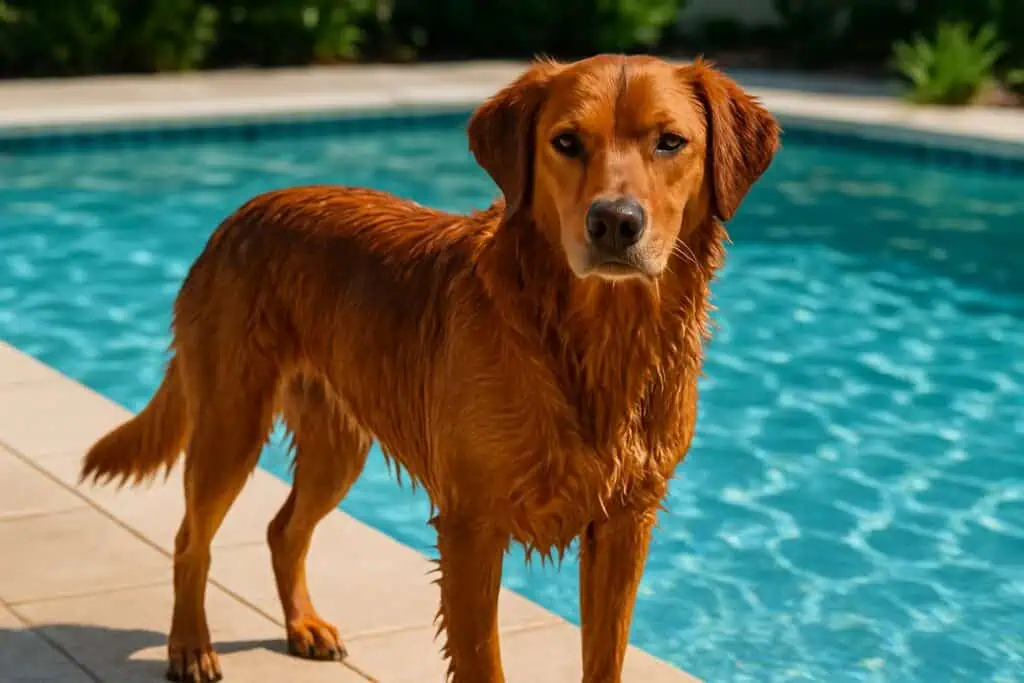
To keep your hot tub looking and feeling great, clean the surfaces regularly. Use a soft cloth and a hot tub-safe cleaner to wipe down the seats, waterline, and jets. This helps prevent algae and grime from building up.
Pay attention to hidden areas like behind pillows or around jet openings—these spots often collect gunk. Always clean the interior thoroughly after draining, before refilling with fresh water.
8. Establish a Spa Maintenance Routine
Getting into a regular care routine will help you avoid most water problems and protect your investment. Test the water two to three times a week. Adjust chemical levels as needed, and always add one chemical at a time to avoid unwanted reactions.
Focus on these:
- Sanitizer: Chlorine or bromine
- pH: Shoot for 7.2 to 7.8
- Alkalinity: 80–120 ppm
Sanitizer should be added after every use or at least a few times a week. Shock the water once a week, and deep clean the filters every 2–4 weeks.
How often you add stuff depends on how much you use the tub and how many people are in it.
- Sanitizer: Add after each soak or at least 2–3 times per week.
- Shock Treatment: Non-chlorine shock every 1–2 weeks clears out oils and contaminants.
- pH/Alkalinity Adjusters: Only add if your test says you’re out of range.
Jot down when you add chemicals and when you test. It helps you spot trends and keeps you on track.
Make notes in a maintenance log—knowing what you did and when makes it easier to spot problems early.
9. Enjoy Your First Soak (Safely)

Once your water is clean, balanced, and warm—it’s finally time to enjoy your hot tub! Always shower before getting in. It rinses off oils, sweat, and lotions that can cloud up the water.
Keep an eye out for signs of irritation like itchy skin or stinging eyes. If that happens, your pH or sanitizer level might be off, so retest and adjust.
If you notice irritation:
- Get out of the tub
- Rinse off in the shower
- Use a gentle moisturizer if you feel dry
- Test your water—pH should be 7.2–7.8 and sanitizer in range
Most people don’t have much irritation if the water’s balanced. If it keeps happening, tweak your chemical routine.
Stick to 15–30 minute soak sessions to avoid overheating or drying out your skin. Always shower beforehand and keep the cover on when not in use. These small habits go a long way in keeping your water clean and clear.
Common Hot Tub Mistakes to Avoid
Starting off with a clean, balanced hot tub sets the tone for every soak to come. By taking the time to circulate, heat, test, sanitize, and maintain your spa properly, you’ll save yourself from common problems like cloudy water, skin irritation, or damaged equipment.
Stick with a simple routine and don’t overcomplicate things, your hot tub should be a source of relaxation, not stress.
Plenty of hot tub owners slip up and end up with cloudy or grimy water. Don’t just toss in chemicals all at once – test first. If you go overboard, you’ll just mess up the balance and maybe even damage your tub.
It’s easy to forget, but skipping a quick rinse before hopping in is a mistake. Oils, lotions, and who knows what else build up fast in that small amount of water. Take a quick shower before you soak. Your tub will thank you.
Filters need attention, too. If you let them get clogged or old, they stop working well. Give them a good clean and swap them out when it’s time.
Also, don’t trap those chemical vapors by closing the cover right after adding stuff. Let the fumes out for a bit, or you’ll end up with a smelly tub and a worn-out cover.

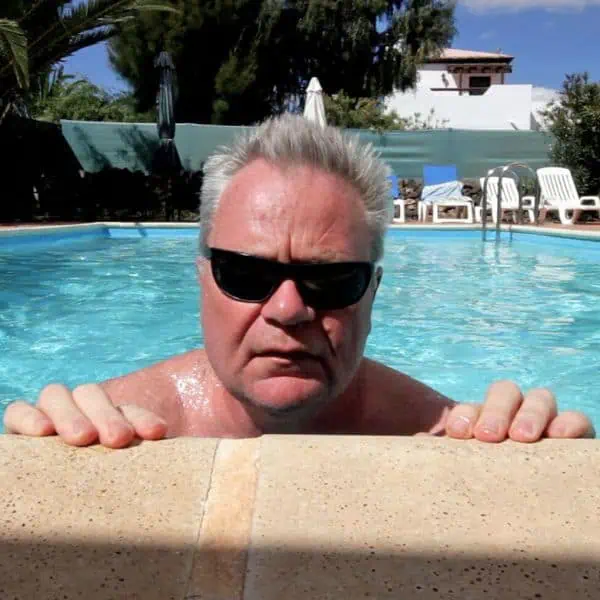


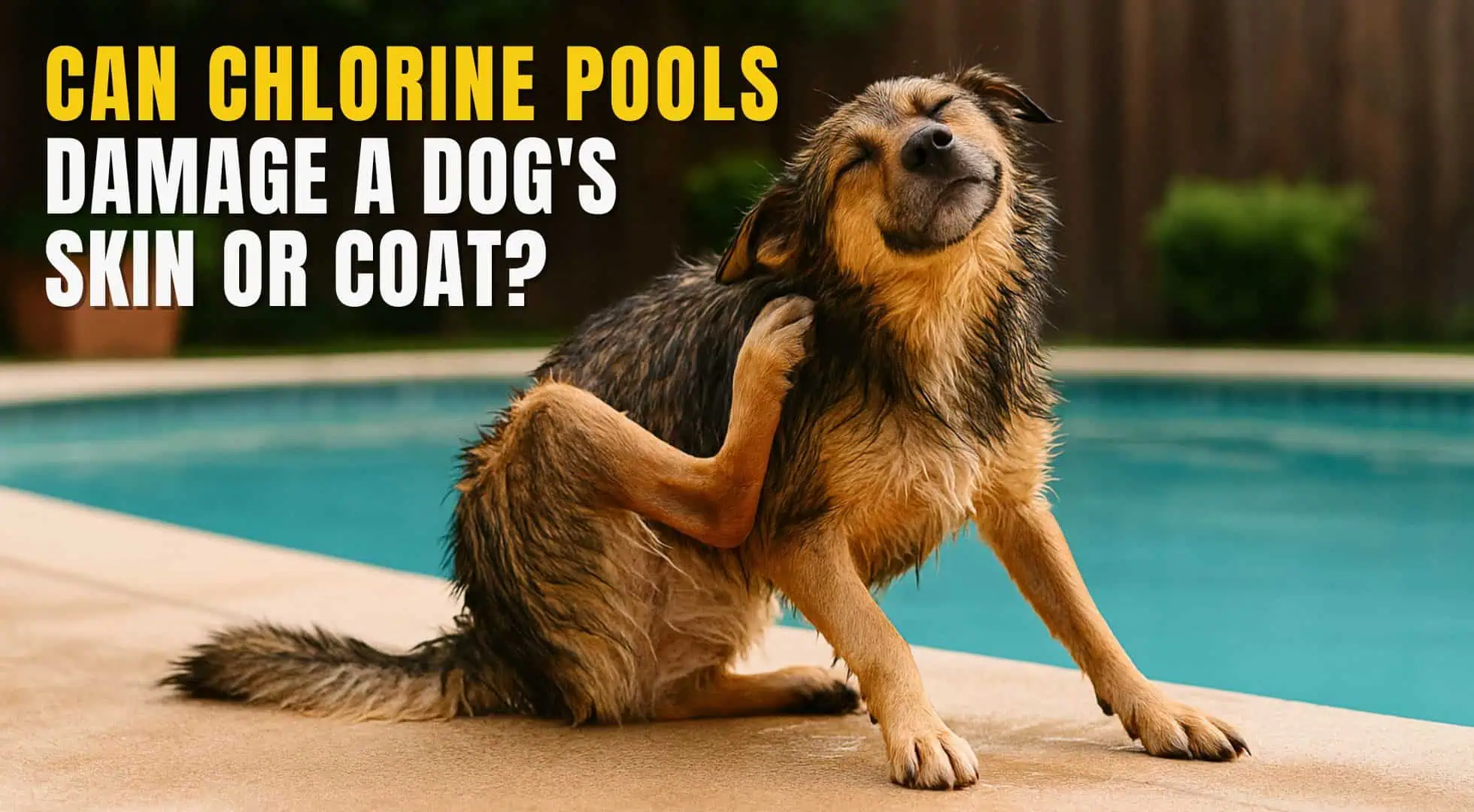
Leave a Reply